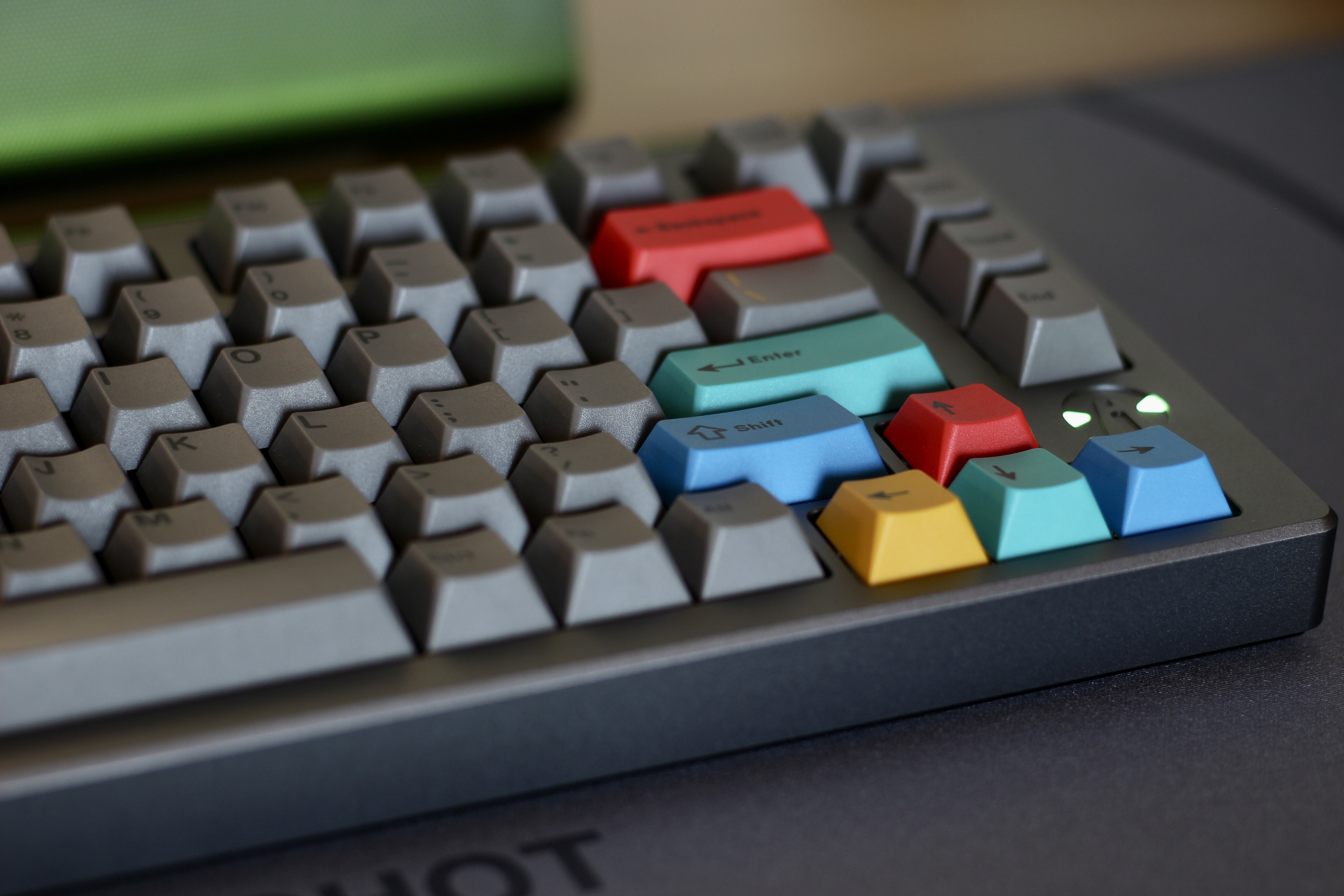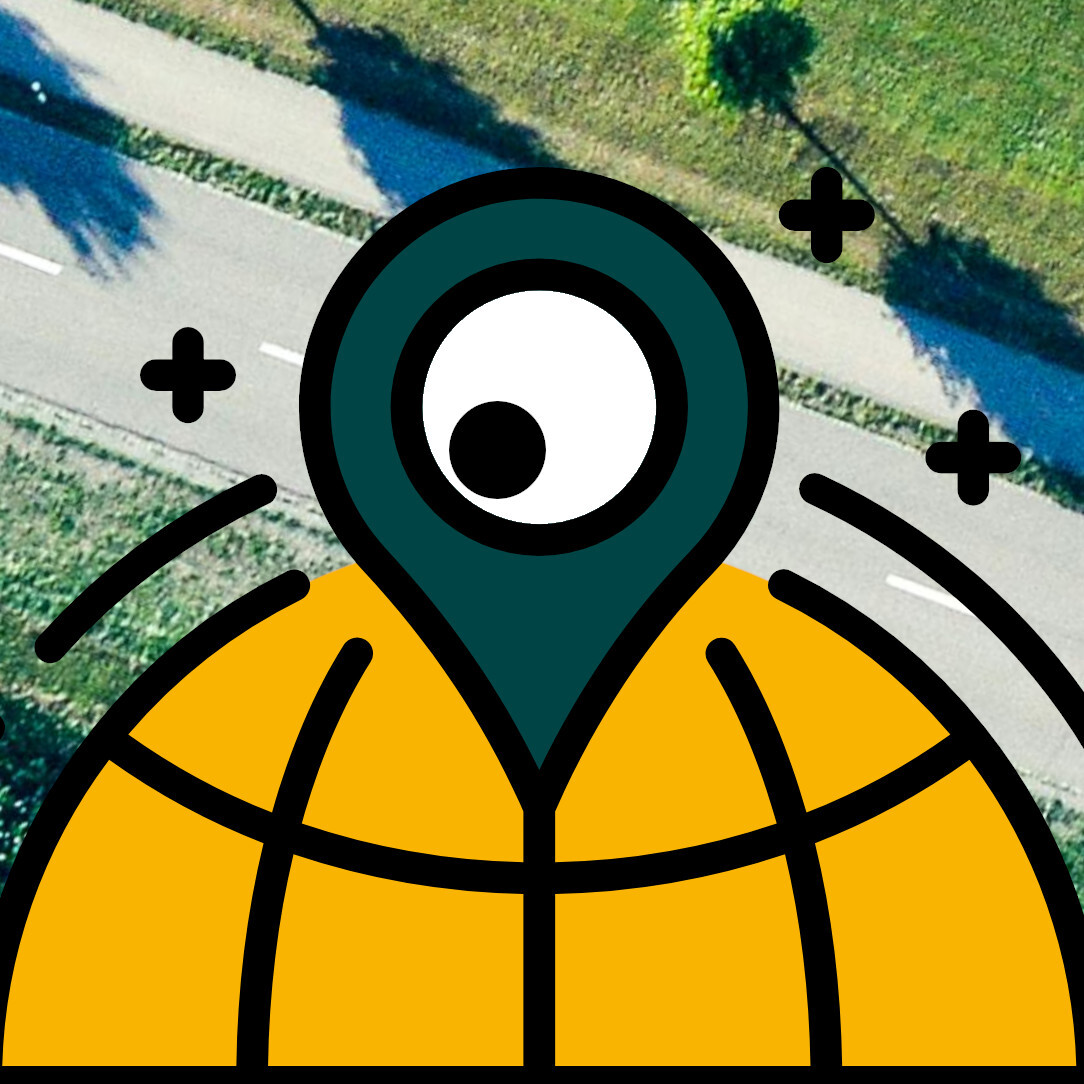- 6 Posts
- 33 Comments

 8·2 months ago
8·2 months agoThis is so spot on lol
I mean, sure. I’m not debating whether it’s right or wrong, I’m just saying that naturally, once a minority becomes relevant, they start demanding recognition, especially if their culture differs quite a bit from the “host” country, which is not wrong in and of itself. I feel like it’s more evident when the immigrant population differs quite a bit from the host country. This is just my opinion though, based on my local and anectodal experiences, so feel free to disagree with me, I’m open to dialogue.
But I feel like I’m sidetracking from the main question here.
My sentences are weird because I’m not english.
True that, but you see the effects locally. Also, you need an arguably small portion of the population being immigrants for them to become relevant in the society, no need to replace everyone. Relevant minorities get legislation protecting them and their traditions/beliefs.
I mean, people want to keep their customs and traditions, so immigrants will bring their own customs and traditions, and if you have lots of immigrants, their customs and traditions will become the main ones in that place.
Uncharted 4 vibes
I thought that too before seeing the video. I thought that maybe the wound to the ear was because of something else, but after seeing it it seems to me that only the bullet could hit him there. A setup involving the shooter shooting only his ear would be waaaaay too risky.

 2·4 months ago
2·4 months agoWired microphone
 2·6 months ago
2·6 months agoYour verbosity did not get in the way, at all. I appreciate every second you spent trying to help a random stranger on the internet understand something that, to you, was probably straightforward.
So thank you very very much and have a wonderful day!
I hate post-processing, but I think this photograph deserves to have its colors popping a bit more. It’s such a nice picture.
 2·6 months ago
2·6 months agoHeh, sorry if I sound so pedantic, but I thought that would be my final message. Let me try with this one.
Yes, the steps are empty, expose, measure. I was just trying to explain the difference I’m finding in the electronic handling of these steps between MS and ES. In both cases though, the pixels experience the same three steps in the same sequence: empty, expose, measure.
The “only” difference I’m finding is that in MS the action of “measuring” the pixel happens effectively differently than in ES because, at each photo site, the action of “measuring” is only, well, reading sequentially the amount collected, which is limited in speed to the readout speed.
In ES, the action of “measuring” is preceded every time by "emptying, exposing"sequentially, all controlled electronically.
This makes me think that there is some liberty in choosing when to empty and expose pixels electronically, and it’s not really limited neither by some kind of speed, nor some kind of sequence: in MS you don’t really care because the curtains do the job, in ES you must control precisely when to empty a pixel and when to expose it.
This would also agree with how I understand EFC-S works: your closing of the curtains is limited by the curtain speed, so you have to empty and expose those pixels at the right time to let the curtain end the exposure so that you collect the specified amount of light. So if you’re shooting at 1/1000 and the curtain closes at 1/250, you follow the ES method and empty+expose those buckets a tiny bit before the curtain passes over them. And since after the curtain it’s darkness, just like in MS you can wait for the readout without worry.
Therefore, it is to my understanding that, electronically speaking, emptying and exposing the pixels can happen at very high speeds, independently from the measuring step: in MS, you empty and expose all of the pixels at once (from the sensor’s POV, of course it’s the curtain that does the exposure job), and then you measure them - the measuring is done once, “alone”; in ES you empty, expose, and measure each pixel individually - the measuring is coordinated with emptying and exposing (which also agrees with your beautiful pseudo-code).
EDIT: maybe it can be reduced to the emptying action alone. You can empty whenever you want, and since the pixel always gathers light as soon as you’re done emptying it, as long as you time your emptying action correctly the exposure can happen however you prefer: by the curtains in MS, by emptying at the right time so that the pixel is exposed correctly for when the readout happens in ES, and right before the curtain passes over in EFC-S
To me, in EFC-S this takes the best of both worlds: no fear of distortion because the reading phase is done in darkness, higher theoretical shutter (i.e. exposure) speed because you can empty+expose each pixel electronically even almost as the curtain closes above them.
I hope you understand that i truly appreciate your help, and I’m sorry I keep hammering at this stuff. I truly appreciate all the patience you can have for me.
 2·6 months ago
2·6 months agoFirst of all, your replies are worth waiting for :) It’s not the first time we interact, maybe you didn’t notice but I sure did and I’m glad.
I should have specified, I understand that in MS rolling shutter is just hard to get, but not impossible. After all, the curtains don’t sweep the sensor instantaneously. But I thank you very much for the detailed demonstration!
In general, I think I’ve figured it out now. The buckets are always open, but I had it backwards: we don’t have lids to close to limit the exposure, we straight up flip the buckets and empty them to control how much light they contain. (Btw, I love the pseudo code you put there. My mind works a lot “by rules” and that code example is spot on, it’s crystal clear to me. Thank you).
Let me try to explain so you can tell me if I understood or not:
-
In MS, the buckets are always open, in total darkness, until the shutter flies above them and lets a limited amount of light fall into them. The shutter is so fast, that the image each bucket sees is very chronologically close to the other ones. Once the shutter has passed, the buckets are back to total darkness, so no other light is collected, and the readout can piece together the light collected by every bucket. It does it slowly, but since no light is coming in anymore this does not cause any “distortion”. Important point: the readout does not empty each bucket before reading it. It arrives at the next bucket it and measures the content.
-
In ES, the buckets are always open, in total light, then the readout starts and at each bucket, it empties it (it’s probably full but since it’s going to be emptied nobody cares nor sees what was collected) and then flips it back up for the specified amount of time before immediately reading it, then it goes on to the next bucket. This way, the light read by the readout is always the correct amount, but since it’s collected at the very slow readout speed, the image that is pieced together will be chronologically skewed in the direction of the readout (top of the image is “before” the bottom in a tangible way). Important point: the readout does empty each bucket before reading it. It arrives at the next bucket, it empties it, and waits for the specified time interval before measuring the content.
So I guess the last piece I need is: there is a “way” to choose whether to empty the charge accumulated by each pixel when reading it or not. In MS it’s chosen (at some mechanical level I suppose) that the readoud doesn’t empty the charge accumulated before measuring it at each pixel, in ES it does empty it before measuring it. Not only that, in MS it’s set that the readout happens immediately, while in ES it happens only after having waited the exposure time.
I’m way out of my element when it comes to microelectronics, circuitry, and engineering in this field (I don’t even know what it’s called), so probably even if I got a detailed answer to this I wouldn’t be able to fully comprehend it.
If my intuition is correct, then I can say I finally have an answer to this (for me) burning question I’ve had for a while. I guess at the end there is indeed a fundamental difference in how the sensor works between MS and ES. I feel good thinking that at least my hunch was right, what I imagined was just so much more complicated that it felt impossible to be correct. Your explanation is much more “acceptable” for my brain :)
-
 1·6 months ago
1·6 months agoEverytime I feel like it makes perfect sense, I find something that shatters it all.
Here’s what makes sense to me after your explanation: the buckets have the lid off all the time, so anytime light falls on them, it gets collected. This makes perfect sense in mechanical shutter: they are there in complete darkness waiting for light, and when the curtains fly over them some light falls inside the buckets, and this light all fell almost at the same time. Basically they all saw the same thing. After that they stay open, but since it’s total darkness the amount of light stays the same, and the readout can calmly go to each bucket and measure what’s inside. This works perfectly. An assumption I make in this case is that the buckets don’t really have a lid at all, you don’t control when they close, you can only control how much light enters by means of the shutter. Is this assumption correct?
Now, I need to apply the same logic to the electronic shutter because otherwise I go crazy. In the electronic shutter you must have a way to control that lid otherwise you can’t control the exposure. In the mechanical shutter the curtains did the job, in the electronic one light is already falling inside those buckets all the time so you must have a way to limit that, and it cannot be the readout alone because you would be limited to the readout speed as the shortest exposure time, which is not the case.
If you indeed can limit the amount of light, then there are two separate mechanisms to interact with the buckets on the same sensor and in principle this seems weird to me, I feel like this is not correct but I might be mistaken.
With a way to limit the amount of light then it would make sense that, in ES, if I imagine the readout as the thing that adds pieces of the picture sequentially, each bucket waits with its lid closed, it opens the lid for a tiny bit, it’s filled by the set amount of light, and is immediately measured by the readout and a piece is added to the picture, but since it takes a long time to measure this one bucket, the next one just stands waiting with its lid closed. For this reason the moment of the collection of light is limited to the readout speed, and it makes sense that by the time you’re done with all buckets a lot of time has passed because the readout is slow, so the rolling shutter effect happens, but they all had their lid lifted for the set amount of time so the amount of light is correct.
The two scenarios make sense to me only if there are two ways to expose the buckets. And I feel like this is just wrong and I’m missing a tiny piece of information that lets me imagine a single mechanism that can do both.
 1·6 months ago
1·6 months agoThanks for the reply. May I ask you to go into more details?
 1·6 months ago
1·6 months agoThanks for getting into the details.
I’m still not 100% there…
I still am not sure how the exposure is started: is it row by row or is it the entire sensor and it’s just the readout that is sequential? In the first case, then it would make sense to me because they would gather 1/1000 s of light and then, even though the readout is slow, they are physicall not receiving any more light because the shutter is closed and it’s dark, so the image is not affected. If the exposure starts sequentially as well at the readout speed, I would not understand how it could keep up with the curtains, because the curtains would fly over the sensor while the pixels didn’t have the chance yet to be “activated”, so only the first few pixels would see something and the rest would be exposed when the curtain is already closed.
When in electronic shutter though, the pixels must not be activated all at once because then the first row would get less light than the last rows, and this also would mean that the exposure itself is the readout speed which is not the case. So they are activated sequentially, which is in contrast with how it works for mechanical shutter. In this case though, like in my post, how can the image “move” if the pixels are exposed for only 1/1000 s? Is it because the next pixel is exposed for 1/1000 s only after the first one is read, so there is a delay between one pixel being exposed and the next one? Like pixel #2 is not firing for 9/1000 s because it’s waiting for the first one to be read by the 1/10 s readout.
What am I getting wrong here? I’m sure there is some misconception in my mind that is preventing me to see what is going on clearly like everyone else.
 2·6 months ago
2·6 months agoThis is a great video! You made me discover such a good channel. However, it gets close but not enough :(
 1·6 months ago
1·6 months agoThanks for the videos, I love both of those channels! But they don’t really explain the intricacies behind the rolling shutter, so they don’t answer my specific questions :(
 1·7 months ago
1·7 months agoSo, quick update. I’ve gotten a cheap “diffuser” to put in front of the built-in flash (this one), and I’ve gone outside when it’s dark with some garden lamps around using my EF-S 24mm f/2.8 (so I can see with this aperture how it looks).
Well, first of all I’ve found out that man, flash photography is not intuitive, at least for me. I still don’t understand how to expose the pictures, especially with ETTL which, for my understanding, does exposure “automatically”, because all my pictures just look the same, with dark background and subject well lit.
I’ve read how, with this kind of photography, changing ISO, shutter speed, and aperture is supposed to change the exposure of the background, NOT the subject (which supposedly is handled by the camera+flash). Yet, I must be doing something wrong because the background is so dim every time.
If you have any tips that could help me out I would greatly appreciate it.
 2·7 months ago
2·7 months agoYeah sorry, I completely forgot to address that issue: I can’t really spot the location beforehand because it will be prepared and set up on the day of the event. I know geographically how it is though: it’s a quite large garden (for my European standards) of a old house. It will have a different layout than the picture (food stands instead of tables in this case).
It does have some fixed lamps around the margins, but the main lighting will be provided by the guy setting up the whole thing. I have a sample photo of what it should look like (sorry for the bad quality, it’s just a screenshot I was sent).






barbine, bavette, bigoli, bucatini, busiate, capellini, fedellini, ferrazzuoli, fettuccine, fileja, linguine, lagane, lasagna, lasagnette, lasagnotte, maccheroni alla molinara. maccheroncini di campofilone mafalde, matriciani, pappardelle, perciatteli, picagge, pici, pillus, rustiche, sagne 'ncannulate, scialatelli, spaghetti, spagetthi alla chitarra, spaghettini, spaghettoni, stringozzi, su filindeu, tagliatelle, taglierini, trenette, tripoline, vermicelli, ziti, anelli, boccoli, calamarata, campanelle, cappeli da chef, casarecce, casacatelli, castellane, cavatappi, cavatelli, chifferi, cicioneddos, conchiglie, creste di galli, fagioloni, farfalle, fazzoletti, festoni, fiorentine, fiori, fusilli, fusilli bucati, garganelli, gemelli, gnocchi, lanterne, lorighittas, macaroni, maccheroncelli, mafaldine, malloreddus, mandala, marrile, mezzani, mezze maniche, mezze penne, mezzi bombardoni, nuvole, paccheri, passatelli, pasta el ceppo, penne, penne ricce, picchiarelli, pipe rigate, pizzoccheri, quadrefiore, radiatory, ricciollini, ricciutelle, rigatoncini, rigatoni, rombi, rotelle, sagnette, sagneralli, sedani, spirali, strapponi, strozzaperti, testaroli, tortigiloni, treccioni, trenne, trofie, trottole, tuffoli, vesuvio, cencioni, corzetti, fainelle, fogile, d’ulivo, orecchiette, acini de pepe, alphabet pasta, anchellini, anelli, anellini, armonie, conchigliette, corquilettes, coralli, corallini, cuscussu, ditali, egg barley, fideos, filini, fregula, funghini, gianduietta, grano, gramigne, grattini, grattoni, margerthine, merletti, midolline, occhi di passero, orzo, pastina, piombi, ptitim, puntine, quadrettini, sorprese, stelle, stortini, tripolini, agnolini, agnolotti, caccavelle, canneloni, cappelletti, caramelle, casoncelli, casunziei, conchiglioni, culurgiones, fagottini, lumache, mezzelune, occhi di lupo, pansotti, ravioli, rotolo ripieno, sacchettoni, tortelli, tortelloni, tufoli, canederli, donderet